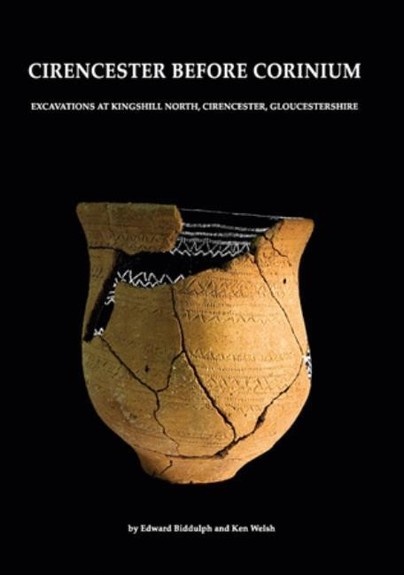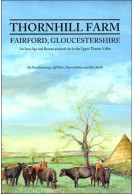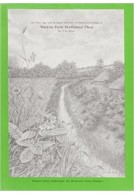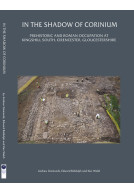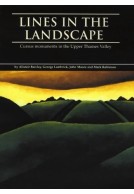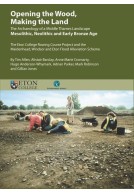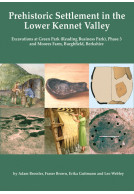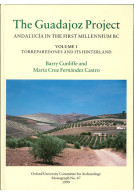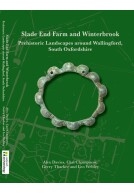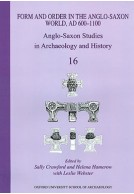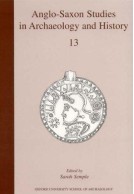Cirencester before Corinium (Paperback)
Imprint: Oxford University School of Archaeology
Series: Thames Valley Landscapes Monograph
Pages: 132
ISBN: 9781905905225
Published: 31st August 2011
Script Academic & Professional
Series: Thames Valley Landscapes Monograph
Pages: 132
ISBN: 9781905905225
Published: 31st August 2011
Script Academic & Professional
You'll be £15.00 closer to your next £10.00 credit when you purchase Cirencester before Corinium. What's this?
+£4.99 UK Delivery or free UK delivery if order is over £40
(click here for international delivery rates)
Need a currency converter? Check XE.com for live rates
(click here for international delivery rates)
Need a currency converter? Check XE.com for live rates
Excavation by Oxford Archaeology in 2008 at Kingshill North on the north-eastern edge of Cirencester uncovered evidence for occupation that opens a remarkable window into Cirencester's prehistoric past. The earliest inhabitants lived during the late Neolithic. They dug storage pits, which over time were filled with decorated Grooved Ware, bone pins and awls, flint tools, stone axe fragments, animal bones and antler and the burnt remains of cereal, nuts and fruit. The evidence points to the seasonal gathering of people to exchange exotic objects and indulge in communal feasting. Two Beaker burials were also found. Both individuals were females who were born outside the region in the chalkland areas of England. Another burial dated to the middle Bronze Age. More storage pits were dug in the middle Iron Age. In the late Iron Age, a small settlement was set within a pastoral landscape. Three human burials were recorded; all were interred in the settlement's enclosure ditch. The site was abandoned before the town of Corinium Dobunnorum was established. A cremation burial was placed in the former enclosure ditch between the late 1st or early 3rd century AD. The rite was Roman, but the location harked back to earlier burial practices.
Other titles in the series...
Other titles in Oxford University School of Archaeology...







